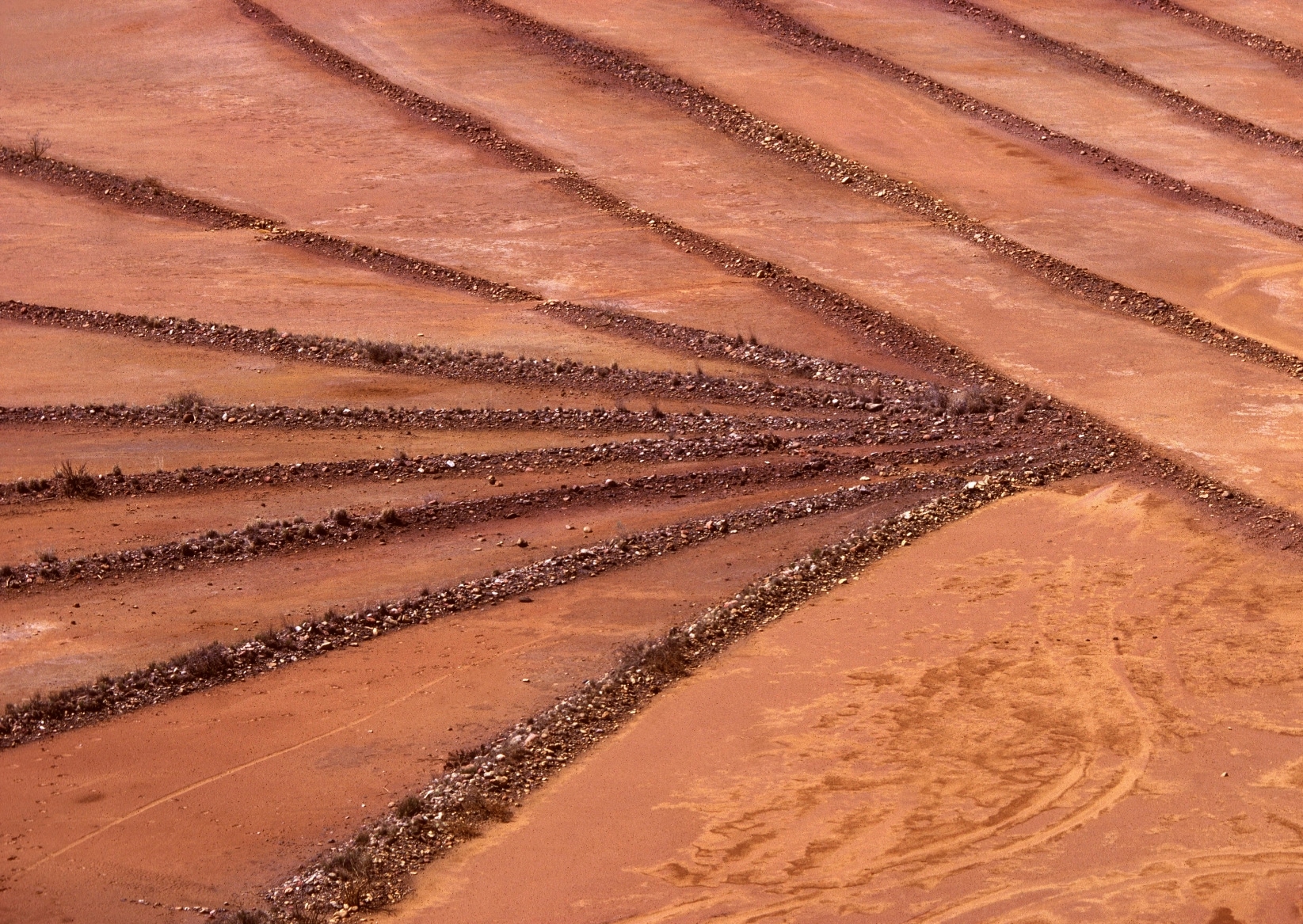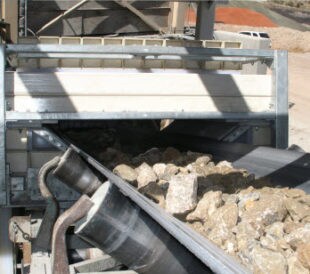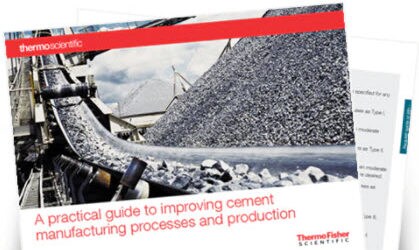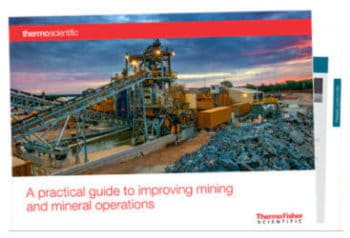 Mining activities produce a variety of waste products, including waste rock, slags, overburden, mine water, and tailings. Tailings are leftover mineral byproducts of ore processing. The composition of tailings depends on the composition of the ore and the extraction process used to obtain the ore. Tailings typically consist of finely-ground rock, processing chemicals, and small quantities of metals found in the host ore.
Mining activities produce a variety of waste products, including waste rock, slags, overburden, mine water, and tailings. Tailings are leftover mineral byproducts of ore processing. The composition of tailings depends on the composition of the ore and the extraction process used to obtain the ore. Tailings typically consist of finely-ground rock, processing chemicals, and small quantities of metals found in the host ore.
Because of their small size and high water content, tailings are difficult to manage. In the past, tailings were dumped in or near water where they could contaminate groundwater or travel by water or air to contaminate the surrounding area. Tailings are currently used as backfill in underground mines, stored in open pits, dried and stacked, or pumped through pipelines into tailings ponds on site to allow the solid particles to separate from the water and settle on the bottom. The water is then reused in mining operations.
The ability to pump tailings from the mine to the pond depends on the composition and viscosity of the tailings. To determine if tailings can be pumped with the existing pumping equipment, the viscosity and the yield stress need to be measured. The yield stress value is strongly dependent on solid content of the slurry.
Rheology Solutions defines these important rheological properties as follows:
- Yield stress: a measure of the solids loading of concentrated suspensions, pastes and other multi-phase mixtures. This measurement tells us the minimum force required to initiate movement in a material, and indicate for example the pumpability of the material or enable prediction of beach-slope and the possibility of slip or failure of tailings dams.
- Steady shear viscosity: the viscosity is a measure of the resistance of a material to flow. It is a critical input for assessing the pumpability of a material, as well as the probable efficiency of mixing or separation processes.
- Viscoelasticity: the viscoelasticity of a material can gently (without damaging the structure) measure the internal structure of a material. In this way the effectiveness of different processes (or process additives) can be observed – e.g. localised testing of the process of flocculation.
Rheological measurements such as viscosity, elasticity, processability, temperature-related mechanical change, and the yield stress value of mining tailings can be extracted easily from a simple measurement using a rheometer. Those values can then be easily correlated with the pumpability of a specific tailing formulation with given solids mass fraction.
Read Correlating Yield Stress with Pumpability of Mining Tailings which describes the procedure and results of rheological tests conducted to evaluate the pumpability of specific tailings.






Leave a Reply